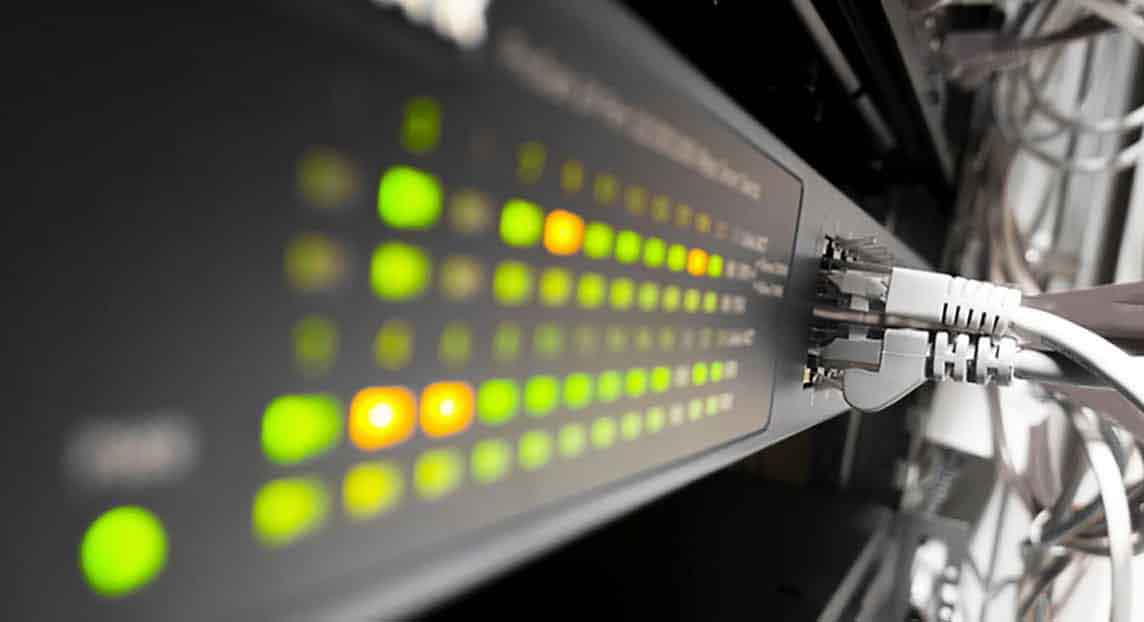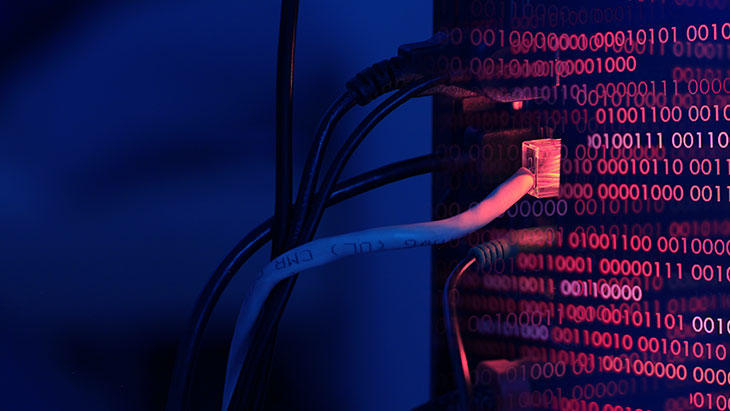
How to Create a Data Security Plan for Companies?
Data security, is interpreted both theoretically and technically by various legal regulations, like the Personal Data Protection Law in Turkey (KVKK) and the GDPR, and impart important responsibilities onto all companies and at all scales. Data security is not limited to KVKK/GDPR, and includes employees, customer data, equipment and processes. As digitalization becomes more widespread inside and outside the enterprise, the risk to data security increases since the attack surface is increasing. Digitalization makes things easier for both individuals and institutions, and seems inevitable. So, how can the data security problems created by digitalization be overcome? Which methods can be applied and how? Here's what you need to know about data security and planning...
First, What is Data Security?
In order to understand how important data security is for companies, it is necessary to understand the definition and scope of data security. Data security, in its simplest form, means the "Protection of data against all kinds of unauthorized access". However, this concept, which can be defined quite simply in theory, has many layers in practice. The capture of admin accounts by malicious individuals in order to access critical data, using deepfake to access sensitive company information, or being threatened by ransomware are just a few of the problems caused by data security vulnerabilities. Therefore, mastering data security elements and functions provides a great advantage in terms of cyber security.
What are Data Security Elements?
Data security consists of three essential elements and cannot function properly unless they are in place. As a part of these 3 elements, there are various agreements, hardware, and software solutions to ensure that all processes can run smoothly. These data security elements are:
Privacy: Also known as data privacy, is often confused with data security. Data privacy is a part of data security, as well as the first and most basic step in protecting personal or corporate data. The differences between these two concepts were addressed in detail in our previous blog "5 Differences Between Data Security and Data Privacy". In addition, without a framework that defines content and limits, the scope of data security can lead to uncertainties.
Integrity: Another step of data security is to prevent data from being altered intentionally or accidentally. Maintaining data integrity is ensured by various measures such as a password manager in secure access management, two-factor authentication (MFA), and a fully encrypted database using data masking tools or data encryption. Thus, access to the data is made difficult, and the modification of data is dependent on multi-stage processes which can be recorded for future monitoring and audit.
Usability: While providing data security, the system should not be disabled and should maintain its continuity. You should be especially careful about this, since strict security measures can partially or completely eliminate the ability to connect to systems and tools. For this reason, you should create a data security ecosystem that can be accessed by authorized accounts at all times.
How to Plan Data Security?
Although the data security capabilities of different sized companies such as SMEs or holding companies vary, the planning is exactly the same. It is possible to divide data security planning into two perspectives: legal and informatics. For each, there are specific details that need to be considered and applied.
Legal Perspective of Data Security Planning
The legal part of data security encompasses a very wide audience, from senior executives in the company to other departments, from suppliers to third-parties. The most important steps in planning data security from a legal perspective are:
- First of all, a meeting should be held to explain the importance of data security to the top management of the company and to share general information about what can be done in this regard.
- Along with that, all departments should be informed and trained in a way that does not cause confusion regarding data security.
- Department officials dealing with the KVKK or the GDPR regulations in particular should be trained individually and in detail towards the possibility of disaster scenarios and other examples.
- The suppliers and third-parties with which the company works should be reviewed, and consent regarding data security should be requested from these institutions and persons.
Data Security Planning From the Computing Perspective
Providing data security through informatics is the most effective part of data security and can usually be achieved with different software solutions. Information supported data security steps include various measures, from data monitoring to backup:
- Establishing requirements by performing system/database control and surface area analysis.
- Procurement, development, and maintenance of information technology (IT) systems.
- Following personal/corporate data security with relevant IT tools.
- Establishing the security of environments containing personal/corporate data.
- Storage of personal/corporate data correctly in the right areas.
- Finally, backing up personal/corporate data.
One of the primary and the most important steps to be taken in ensuring data security and multi-directional cyber security measures is Privileged Access Management (PAM). Kron’s Privileged Access Management solution, Single Connect, allows you to control access to sensitive and confidential data, and increase the layers of protection that help you secure data and access. With features such as privileged session manager, multi-factor authentication (mFA), data masking, and password management, Single Connect helps you control access and make your data much more secure. With one of the worlds' most advanced Privileged Access Management (PAM) solution, Single Connect, you can ensure secure and end-to-end access management, enhancing you data security. Feel free to contact us for further information.













